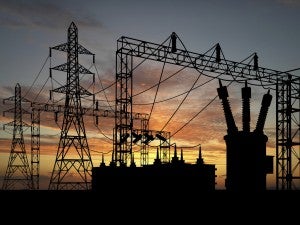 Since Superstorm Sandy stranded thousands without power across the state of New York in 2012, it has become clear that infrastructure upgrades are a necessity for the state. The current, outdated energy system is not up to the challenges of the present day and a changing climate. A year after Sandy, New York has a plan. Last week during his State of the State Address, Governor Cuomo announced the allocation of $40 million to the new Community Grids NYPrize Competition, a program which promises to help New York achieve a more sustainable, resilient energy future.
Since Superstorm Sandy stranded thousands without power across the state of New York in 2012, it has become clear that infrastructure upgrades are a necessity for the state. The current, outdated energy system is not up to the challenges of the present day and a changing climate. A year after Sandy, New York has a plan. Last week during his State of the State Address, Governor Cuomo announced the allocation of $40 million to the new Community Grids NYPrize Competition, a program which promises to help New York achieve a more sustainable, resilient energy future.
The competition, aimed at jump-starting at least ten “independent, community-based electric distributions systems” across the state by the end of 2014, is a highlight of a larger $17 billion plan to prepare for future storms like Sandy. Upon full implementation, the NYPrize Competition Community Grids are expected to support approximately 40,000 New York residents.
A “community microgrid” is a new type of energy system that leverages decentralized, local, clean power sources such as solar and wind that are able to operate independently of the centralized electric system. Microgrids are small-scale distribution systems that link multiple distributed energy resources (DERs) into a network that can generate, store and control its own power. Microgrids can operate in tandem with the main power grid during normal conditions, but can disconnect and function as an independent “island” of stable power if the main grid fails. The use of microgrids greatly reduces the number of outages and allows more people to keep their lights on during (and in the wake of) extreme weather events. Read More














